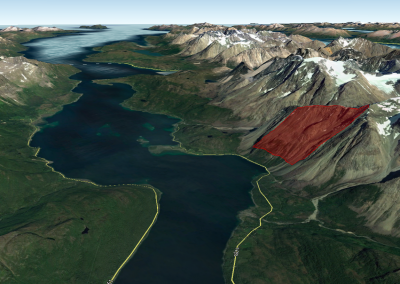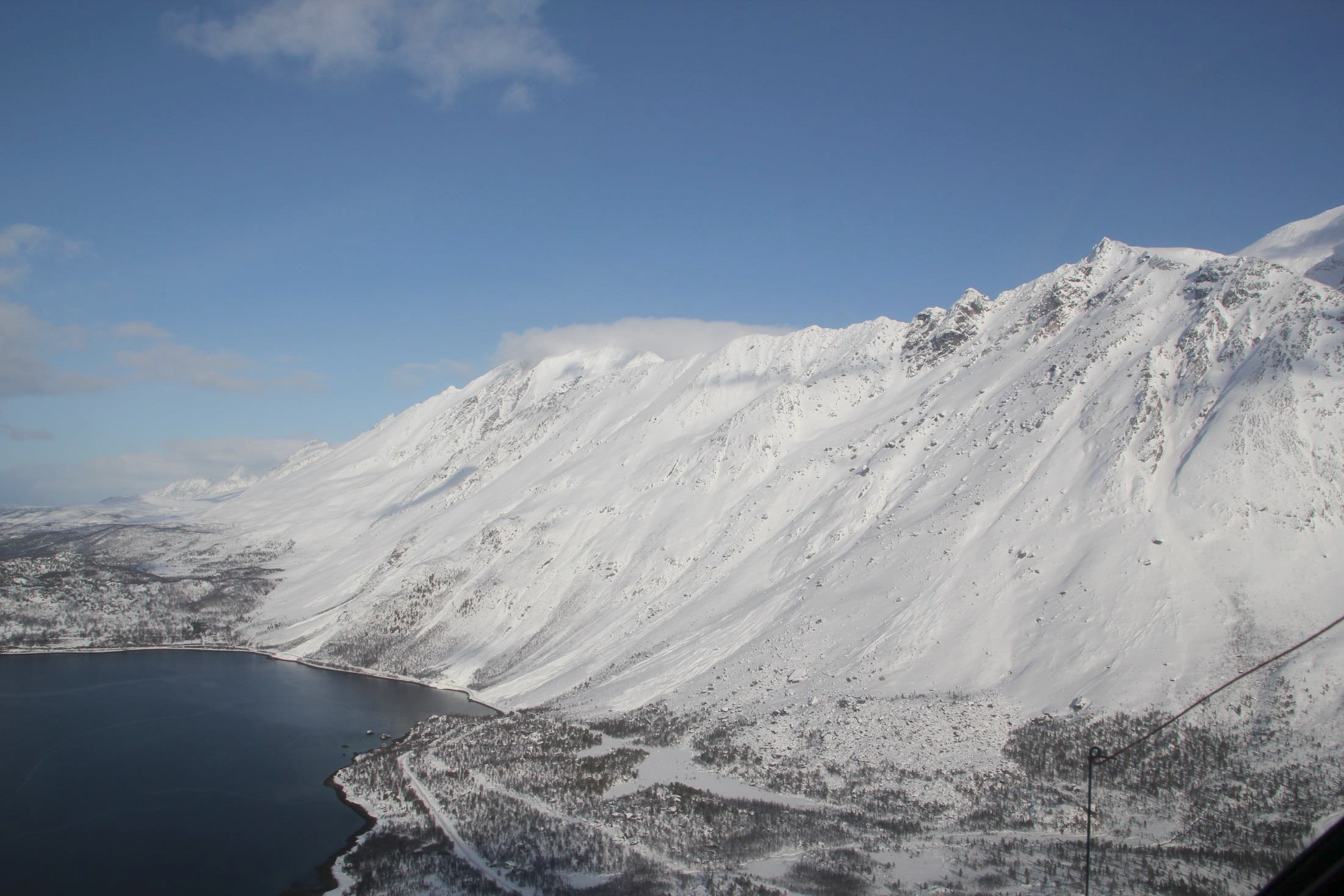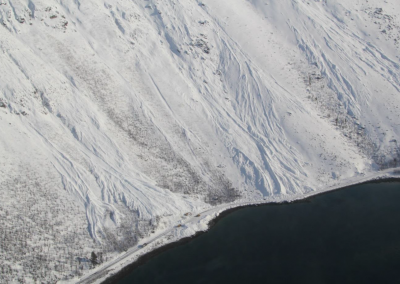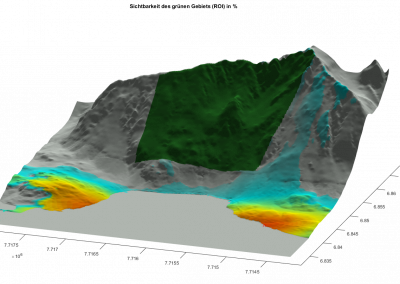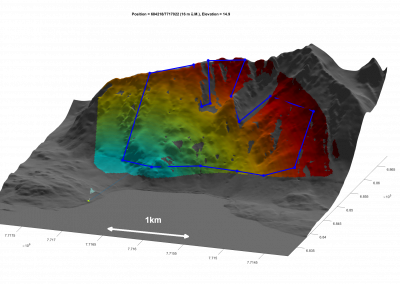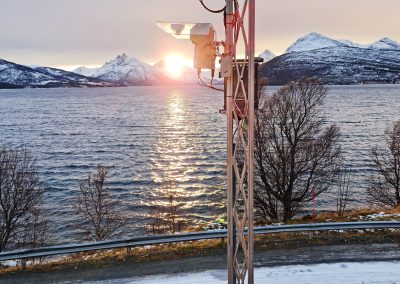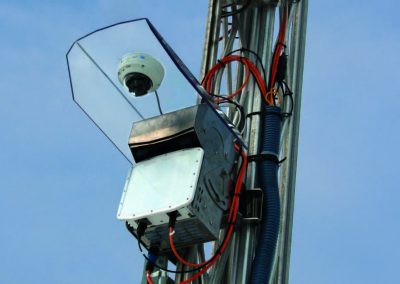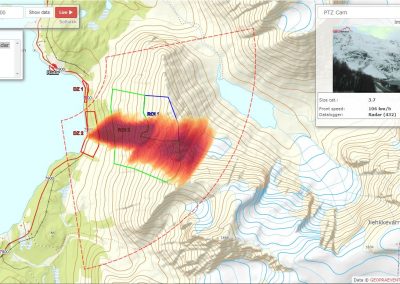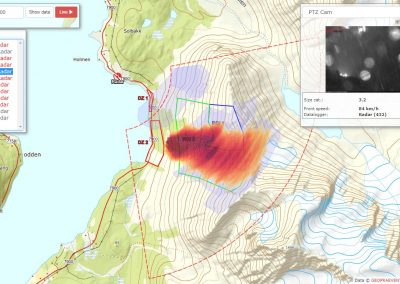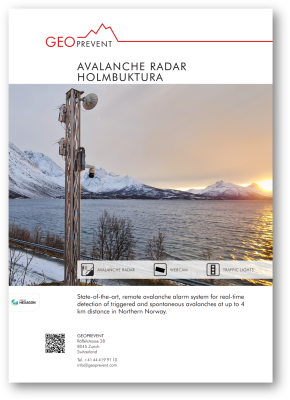Avalanche radar Holmbuktura, Norway
Challenge
Norway is characterized by hundreds of fjords along its coastline and mountain ranges with peaks above 2000 m above sea level. The steep fjord slopes are prone to natural hazards, particularly avalanches during winter. Many communities are located at the sea-side and heavily depend on roads along the shore for transport of people, goods and services. Holmbuktura is located in Northern Norway about 1h by road from Tromsø. The access road to the villages leads through a notoriously avalanche-prone area and road closures are necessary several times every winter. Statens vegvesen, the Norwegian Public Road Administration, provides avalanche danger assessments and advises the local authorities on the measures to be taken, such as road closures. The implementation of automatic avalanche detection at Holmbuktura aims to gain further information for assessing the avalanche situation and to automatically close the road in case of an event.
Solution
The avalanche radar offers a cost-effective and reliable solution for continuous monitoring of the slope and enables automatic detection of avalanches in all weather conditions. Real-time detection allows to immediately close road sections at risk, e.g. with traffic lights or barriers. Statens vegvesen chose a multi-stage project with initial test operation and subsequent automation of road closures in case of an avalanche. The requirements in Holmbuktura are challenging; the avalanche slope includes four avalanche tracks, the most distant point is over 3.5 km away and the weather conditions are often very harsh. Whereas avalanche radars in mountain valleys are typically mounted on the counter slope, an equivalent approach is not feasible in this case due to the width of the fjord. Simulations for the Holmbuktura area revealed the northern bay side as ideal location for a long-range avalanche radar. Our avalanche radar solutions currently achieve a reach of up to 5 km and enable coverage of the entire avalanche slope with one device. The radar opening angles of 90° horizontally and 20° vertically allow for coverage of an even larger than the region of interest – in total 4 km².
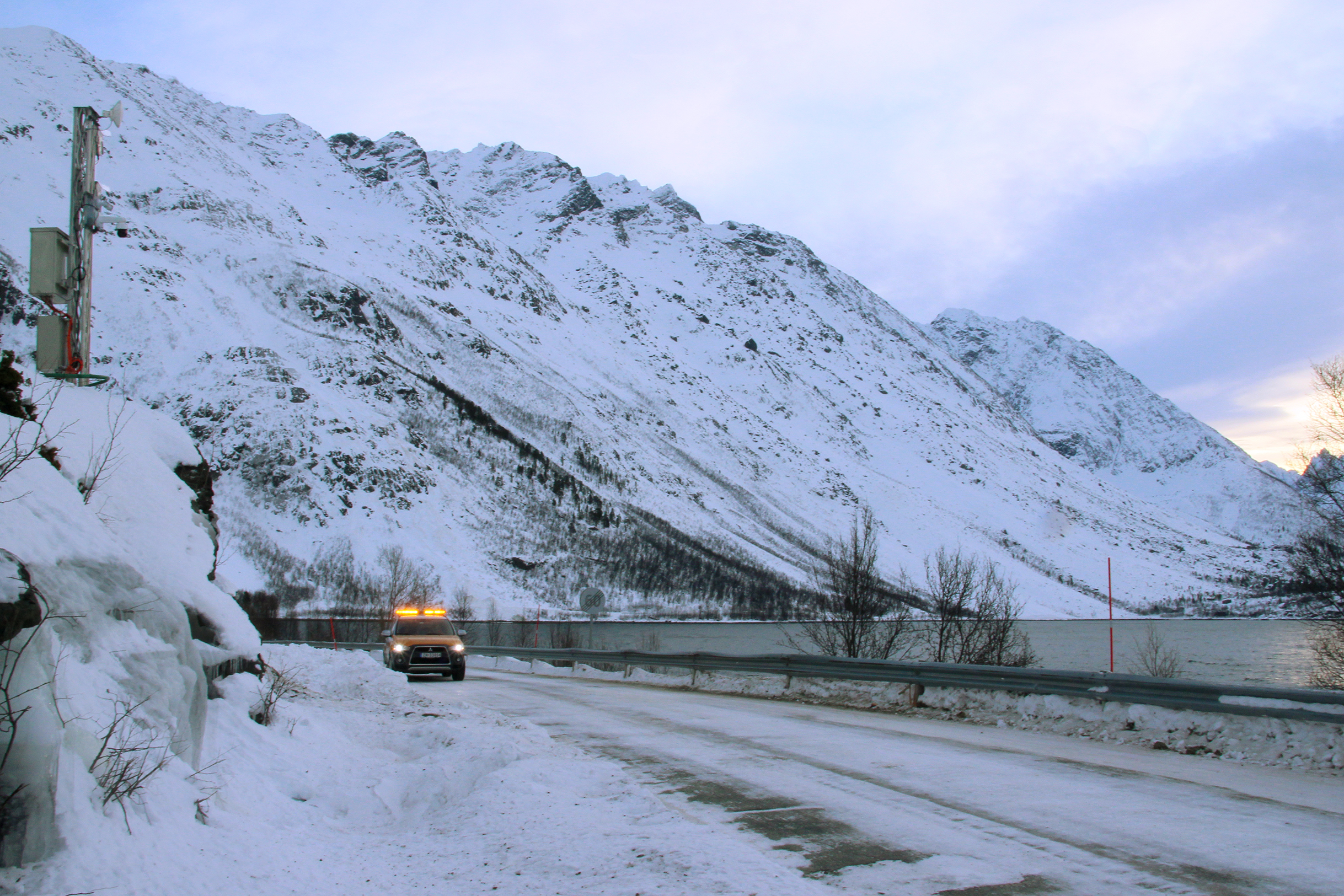 The avalanche radar (top left) monitors the slopes at a distance of over 3.5 km day and night and in all weather conditions.
The avalanche radar (top left) monitors the slopes at a distance of over 3.5 km day and night and in all weather conditions.
The setup includes a PTZ camera (Pan-Tilt-Zoom) that automatically captures avalanches or smaller events of interest. In addition, the camera allows remote control at any time via the online data portal. This enables the responsible person to quickly gain an overview of the situation on site. All data, images and avalanche event maps can be viewed at any time via the online data portal.
Automatic road closure and re-opening
In the first winter, the avalanche radar detected more than 20 events at a distance of up to 3.3 km. The results of the test phase have far exceeded the expectations of Statens Vegvesen. Geologist Andreas Persson, who is responsible for the project at Statens vegvesen, summarises: “Unlike in previous years, we did not have any major avalanches in Holmbuktura last winter (2017). Nevertheless, the avalanche radar correctly detected and classified many small events on the slope. The range and detail of the radar amazed us and definitely exceeded our expectations”. After further tests, analyses and the construction of the traffic lights, the system for automatic road closure went live.
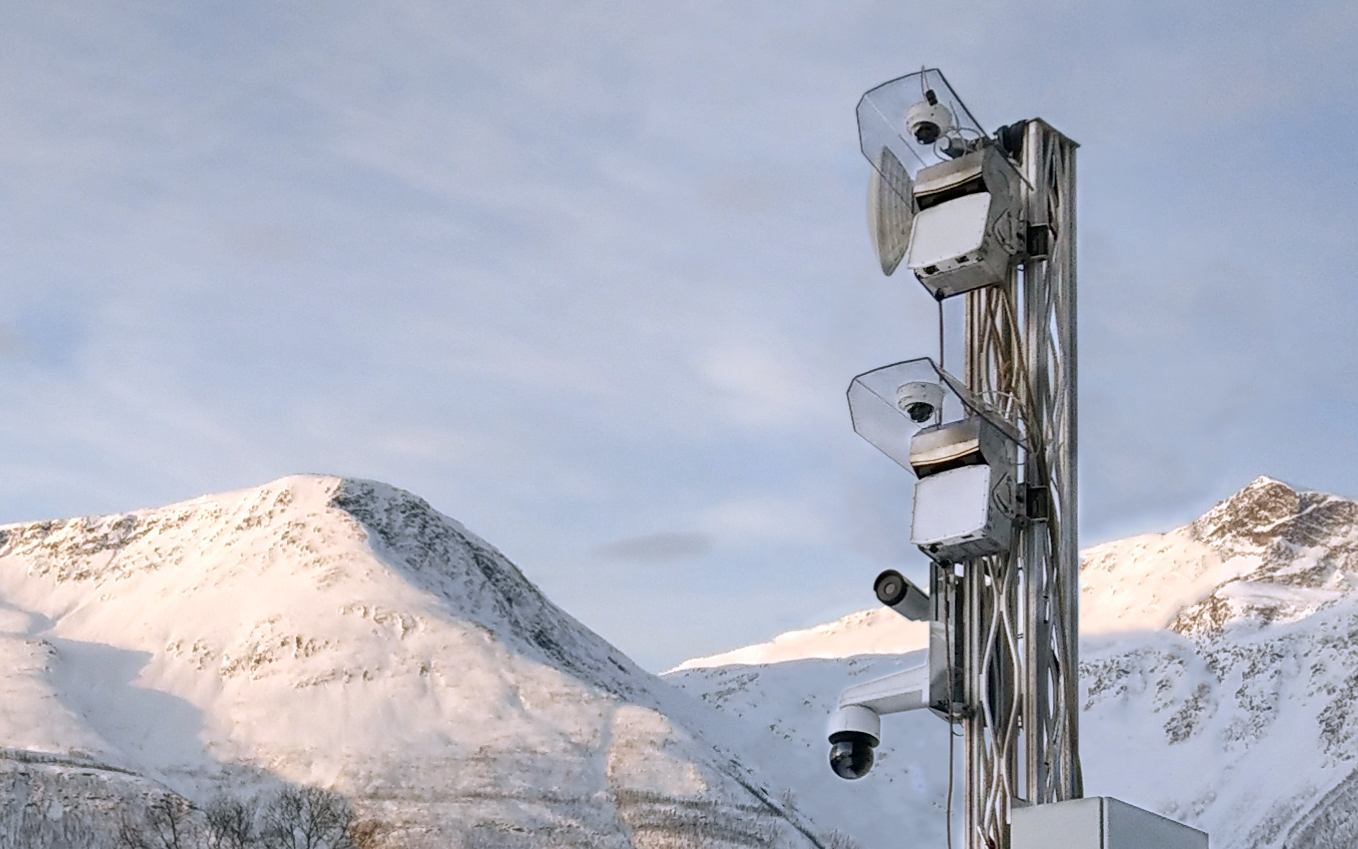 The two avalanche radars with thermal and PTZ cameras and communication devices.
The two avalanche radars with thermal and PTZ cameras and communication devices.
In addition, we expanded the system with a second radar head at the same location. This radar is directed at the lower part of the slope and monitors the road area. Once an avalanche is detected, the avalanche radar track its course until it stops or leaves the field of view. The lower radar automatically releases the road if the avalanche has not reached the road. This enables short closing times and safe re-opening for road users. The combination of the two radars further ensures redundant monitoring of the large avalanche slope.
24/7 system monitoring
We permanently monitor all our systems to ensure proper functionality. Electronic components can fail or extreme weather events can impair system functionality. Our specially developed anti-snow system automatically detects and removes snow accumulation on the radar head, if necessary. As the majority of avalanche events occur in bad weather conditions, it is crucial that the alarm system is always operational. However, upon detection of a problem, the system automatically notifies us and we start troubleshooting. High local avalanche danger level at the same time automatically leads to a road closure and notification of the local authorities by the system as a precaution measure. The overall system is linked to the local avalanche warning levels and the Norwegian avalanche database regobs via the online data portal.
Avalanche detection examples
During the night of 5 December 2017, the avalanche radar in Holmbuktura (Tromsø, Norwegen) detected six avalanches of which one reached as far as the road covering it with 1.5 m of snow. Our avalanche detection system correctly identified all avalanches and marked their tracks in the online map. All events were recorded by a PTZ (Pan-Tilt-Zoom) and a thermal imaging camera. The largest avalanche (video below) took 45 s from detection to the road. The thermal images show that the avalanche is warmer than its surrounding. This is due to two reasons: on one hand the fact that motion produces heat and on the other the avalanche brings snow from deeper, warmer layers to the surface.
More information
The only access road to the sea side villages is at the bottom of the avalanche prone slope (picture: Statens vegvesen).
The event map in the online data portal shows the avalanches on an area map including event images and measured parameters (top right).
Location
Avalanche radar Holmbuktura
Technologies
Media
Nordlys News
(in Norwegian)

